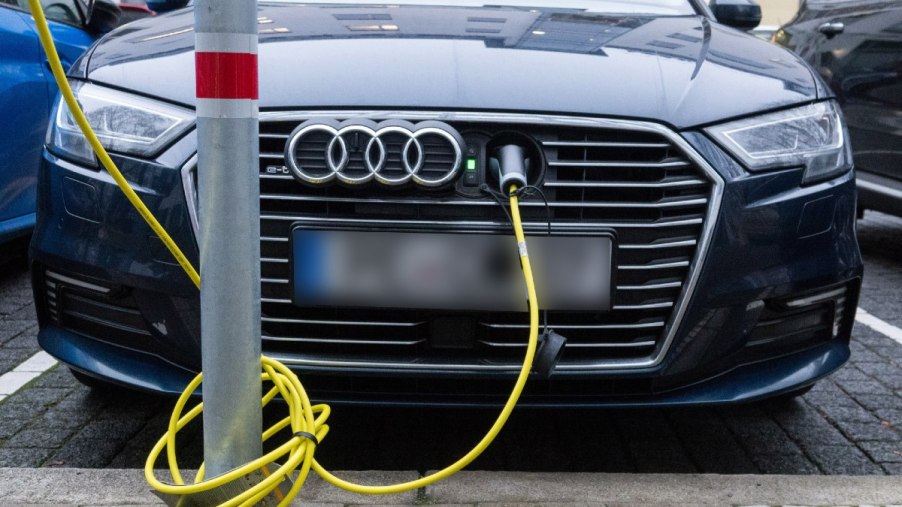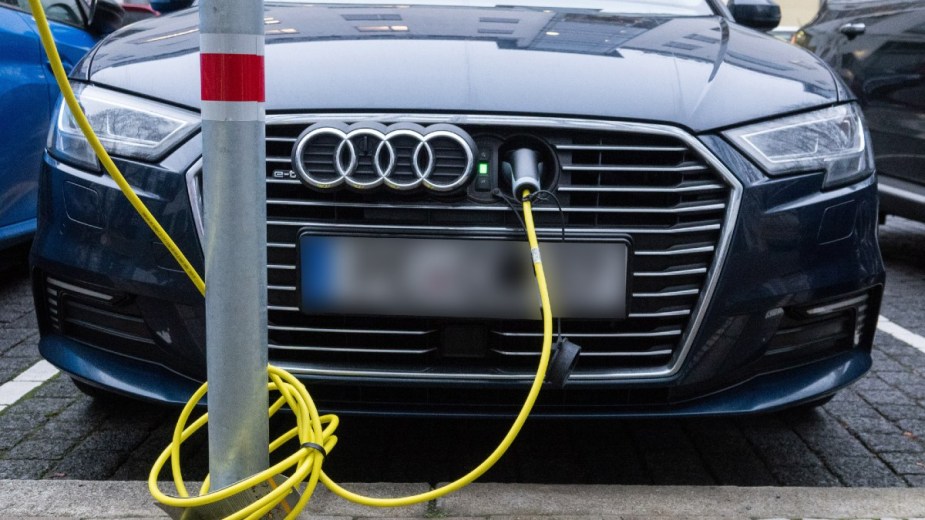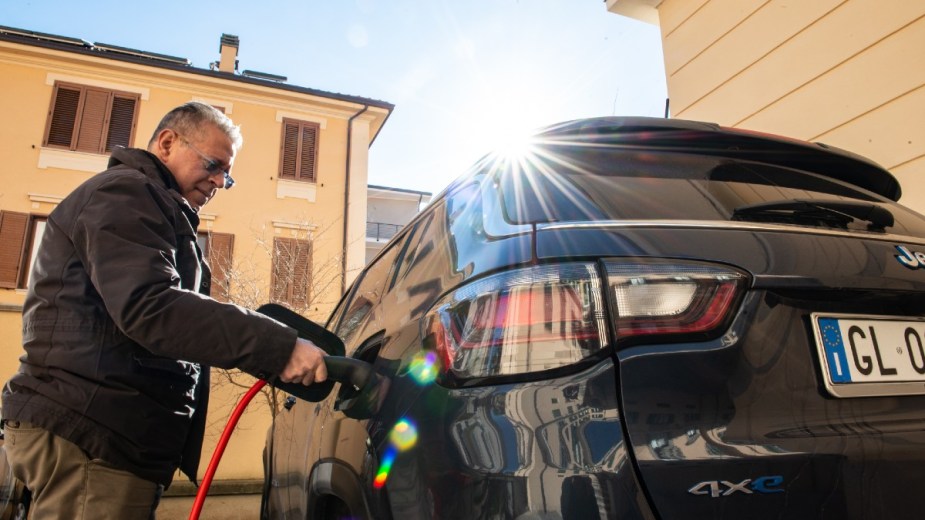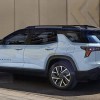
How Can You Get the Most out of Your EV Tax Credit?
When the calendar flipped from 2022 to 2023, a brand new Federal EV Tax Credit went into effect. As part of the Inflation Reduction Act, this new credit allowed automakers that had recently reached the maximum EVs for the credit to enjoy a reset. This new credit put Tesla and GM back in the mix of brands that qualify for this incentive, but how can you get the most out of your EV tax credit?
What’s the maximum Federal EV Tax Credit?

This new version matches the original Federal EV Tax Credit with a maximum of $7,500 in credits toward taxes owed. Some rules apply, but if buying a qualifying vehicle, the maximum credit is $7,500.
You must understand the credit is for “up to” that amount. These short words carry a lot of weight. If you don’t owe at least $7,500 on your taxes at the end of the year, you won’t receive the full credit. That said, driving a new EV could wipe out your entire federal tax debt this year.
What impact should this tax credit have on EV sales?
This new credit should aid the auto industry in continued growth toward more EV sales. What was once only a footnote in the market and a comment, “isn’t that cute, they sell electric vehicles too,” has become a growing percentage of the market. USA Today reports that EV sales made up 7.1% of all new cars purchased last year.
Although 7.1% is a far cry from the 50% put into action by the President, the steady growth, added EV offerings, and tax incentives should push the market toward the stated goals.
When should you consider driving a new EV?
The market is ripe for EV purchases, but you might want to wait a little longer. Part of the Inflation Reduction Act allows EV shoppers to transfer the tax credit to the dealership to receive an immediate discount. This benefit doesn’t begin until 2024. Incidentally, many automakers have several new EVs heading to the market for the 2024 model year, which could ensure more variety in vehicle selection.
Could it become more difficult to receive the EV tax credit?

The tax credit will become more difficult to access when battery sourcing requirements come into play. These requirements could restrict some electric cars from qualifying for the tax credit. If you think the next vehicle you’ll drive will be an EV, it’s important to understand these requirements and restrictions to ensure you receive the maximum credit available.
Are used electric vehicles eligible for the tax credit?
The new Federal EV Tax Credit includes an amount for used EVs to the second owners. This means the first time the vehicle is sold on the used market, it qualifies for this credit. The used EV price must not exceed $25,000 and must be sold through an authorized dealer, not a private party.
Some regulations, qualifications, and pricing restrictions are still being discussed and passed in Congress. If an EV is in your future, stay informed as the needle moves regarding what you’ll qualify for and how you can maximize this EV tax credit.



